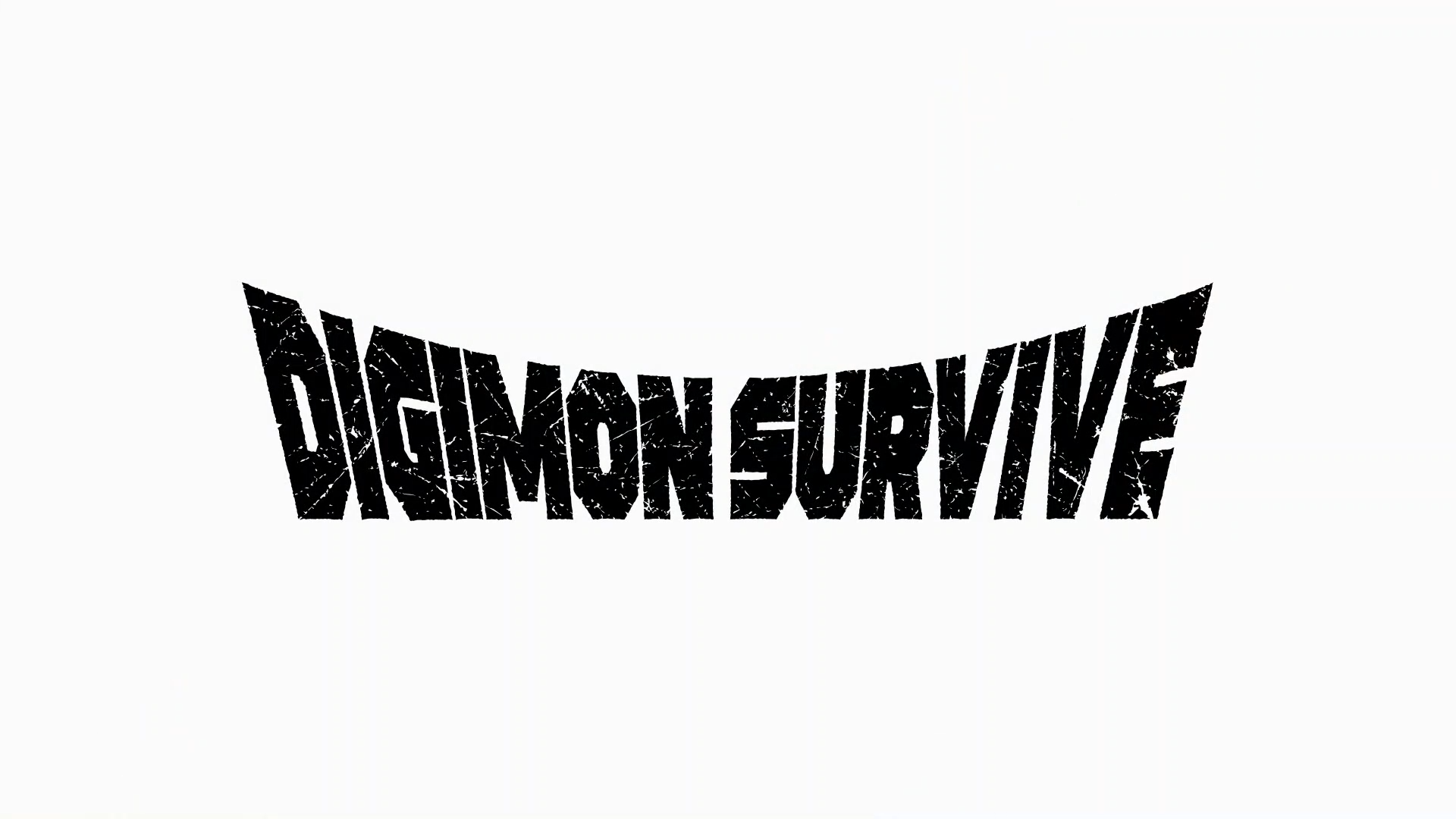Digimon Survive
In 2018, Digimon Survive was first announced, following the release of 2017's Cyber Sleuth: Hacker's Memory. After going through different developers and numerous delays, the game was finally released in 2022 on the same day as Xenoblade Chronicles 3. When I first heard about Survive, I wasn't sure the kind of game it would be. It was advertised as a "visual novel" with "tactical-RPG" elements, which instantly gravitates toward a specific style of games I've covered in the past.
While I won't say that this game is "Bandai Namco's answer to NIS's Disgaea," it's a unique attempt at combining two distinct genres in one package. Mentioning Disgaea, the series is known for its dialogue and cutscenes that one would find in a "visual novel." In Survive's case, the "visual novel" gameplay is at its core. If Disgaea was 40% Visual Novel and 60% Gameplay, it would be the inverse for Survive. So, how does a series known for spawning fighting games, RPGs, creature-raising simulators, and a kart racer stand with this new territory?

Digimon Survive begins with two siblings in a forest being hunted by a shadow figure. Seeking no way out, two Digimon appear to protect the brother and sister. While their names aren't mentioned, fans of Digimon will know them as Renamon and Gabumon respectively. It is here that the first battle for Survive is introduced and it follows familiar mechanics that fans of TRPG's will quickly grow accustomed to.
Unfortunately, it will be the first and the last battle the player will have for quite a while. I'm talking over an hour's worth of time and then some. After the tutorial, the scene shifts to Survive's protagonist, Takuma as he and his friends, Aoi and Minoru, are going on a school trip to an ancient shrine. The game foreshadows that things aren't what it appears as reports of landslides, earthquakes, and snow in late spring are taking place. As the trio arrives at the campsite, the "visual novel" elements begin to flourish.

When the characters aren't talking to each other, Takuma can investigate others and the surrounding scenery in a method similar to AI: The Somnium Files. Highlighting points of interest can open up dialogue choices for Takuma, separated by three categories. Harmony, Wrath, and Moral. Harmony is the "neutral" option, taking into consideration of his comrades and overall understanding of the situation. The Moral choice, like most anime protagonists, is the heroic "put others before self" answer. Finally, Wrathful choices are self-centered while taking a more direct approach.
While I didn't play enough of the game to see the effects of selecting specific answer choices, the system reminded me of Arcade Spirits way of forming a personality. If it is anything like Arcade Spirits, then Takuma's personality may affect how the story pans out much like the former. Regardless, there are also choices that will raise a friend's affinity, making them more inclined to help Takuma in battle.

The pacing of Digimon Survive felt more like I was watching a season of Digimon unfold before my eyes. In each season, with the exception of one or two, the lineup of characters change with a brand new story. Survive is in the same vein as Tamers and Adventure with a brand new story without having to know about the Digimon franchise itself.
It certainly helps when it comes to identifying easter eggs, much like the Gotsumon that attack the children in the beginning. However, it's not a requirement as much as any of the Pokemon games are. Digimon Survive appears to be a slow burn but hopefully, over time the game can unravel itself and become a surprise hit that extends past its designated fanbase.

Digimon Survive is available on the Xbox One, PlayStation 4, Nintendo Switch, and PC

